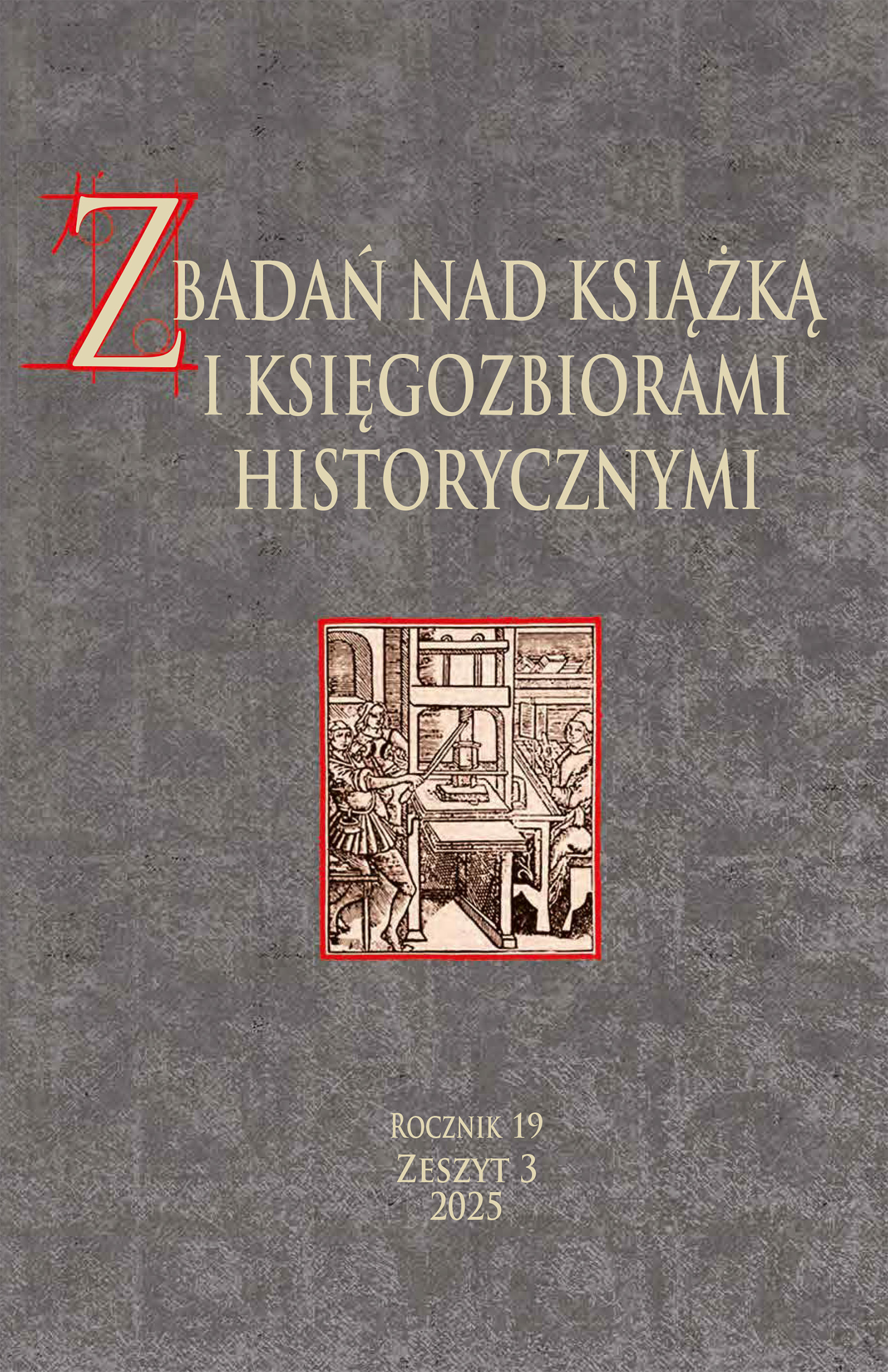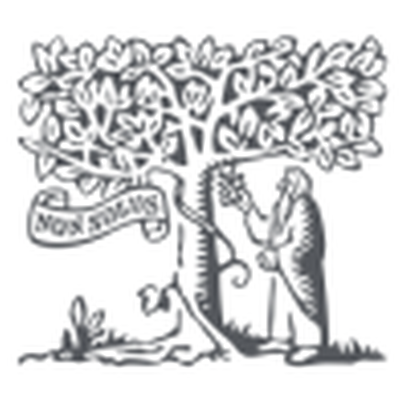The revival of Himalayan papermaking: historical, social-cultural and economic aspects
DOI:
https://doi.org/10.33077/uw.25448730.zbkh.2020.632Słowa kluczowe:
Paper, Himalayas, China, Tibet, Nepal, India, Bhutan, Stellera, Daphne, Edgeworthia.Abstrakt
We normally hardly notice the mass-produced paper products that pass through our hands on a daily basis, which we then recycle. In fact it has recently been predicted that books printed on paper will be replaced by digital formats. However, paper endures and specialist craft papers are now being produced in increasing quantities, especially valued by artists and conservators, but also by tourists visiting paper-producing areas around the world. Paper is therefore flourishing even in our computer and mobile-phone focused world. One of the areas benefiting from this revival is the Himalayas. As well as serving the tourist trade these products are now exported world-wide, as they were when paper first arrived in Europe in the eleventh century. There are even organisations that run Tibetan-style paper making workshops in America. This paper focuses on the papermaking revival in Tibet (China), Nepal, Bhutan and Sikkim (India). Using information gained from visits to producers, middle men, as well as retail and export operations, it seeks to compare the economic and social factors influencing the revival, including conservation issues. The conclusion highlights the fact that, even in the twenty first century, hand-crafted items still play an important rôle in our lives.
Bibliografia
• Biggs, Stephen and Don Messerschmidt, Social responsibility in the growing handmade paper industry of Nepal, “World Development” 2005, vol. 33, no. 11, pp. 1821–1843.
• Boesi A., Paper plants in the Tibetan World: A preliminary study, [in:] Tibetan Printing: Comparison, Continuities and Change, ed. H. Diemberger; F.-K. Ehrhard; P. Kornicki, Leiden 2016, pp. 501-531.
• Canary J., Thingshog (mthing shog) Luxury illuminated Manuscripts on Blue-black Paper, [in:] Buddha’s Word, ed. M. Elliott, H. Diemberger, M. Clemente, Cambridge 2014, pp. 108-110.
• Clemente M, Printing the wider perspective, [in:] Buddha’s Word, ed. M. Elliott, H. Diem-berger, M. Clemente, Cambridge 2014, pp. 80-84.
• Dorji J., Intangible cultural heritage of Bhutan, Thimphu 2015.
• Gautam S., Lokhta paper: Reliable income source, [online] https://thehimalayantimes. com/opinion/lokta-paper-reliable-income-source [accessed 23.08.2020].
• Helman-Ważny A., van Schaik S., Witness for Tibetan Craftsmanship: Bringing together paper analysis, Paleography and Codicology in the Examination of Earliest Tibetan manuscripts, “Archaeometry” 2013, vol. 55 no. 4, pp. 707-741.
• Helman-Ważny A., Overview of Tibetan Paper and Papermaking: History, Raw Mate¬rials, Techniques and Fibre Analysis, [in:] Tibetan Manuscript and Xylograph Tra¬ditions. The Written Word and Its Media within the Tibetan Culture Sphere, ed. O. Al¬mogi, Hamburg 2016, pp. 171-196.
• Helman-Ważny A., The choice of materials in early Tibetan Printed Books, [in:] Tibetan Printing: Comparison, Continuities and Change, ed. H. Diemberger; F.-K. Ehrhard; P. Kornicki, Leiden -Boston 2016, pp. 532-554.
• Hodgson B.H., On the Native Method of Making the Paper, Denominated in Hindustan, Nipalese, “The Journal of the Asiatic Society of Bengal” 1832, vol. 1, pp. 8-11.
• Hoernle A. The Weber M S Another collection of ancient manuscripts from Central Asia. Part 1, “Journal of the Asiatic Society of Bengal” 1893, vol. 62, no. 1, pp. 1-40.
• Huett B., The Origin Of Tibetan Paper Making: A Silk Road And Shang Shung Connec¬tion? [in:] Proceedings of the 2018 Shangshung International Seminar, Lhasa 2018.
• Macfarlane N., Handmade papers of the Himalayas, Oxford 1986.
• Meisezahl R.O., Harder-Steinhäuser M., Jayme G., Alttibetische Handschriften im Reiss¬-Museum, Mannheim, “Libri” 1961, vol. 11, no. 1, pp. 1-48.
• Mingwen L., The Colourful Tibetan Paper, China’s Tibet 2017.
• Palden N. and Daqiong, Tibetan paper making enjoys a revival, [online] http://usa.chi-nadaily.com.cn/epaper/2016-08/26/content_26606456.htm [accessed 23.08.2020].
• Pelliot P., Histoire ancienne du Tibet, Paris 1961.
• Sangpo S., Phuri Manuscripts ( Phu ri yig tshangs gces btus), ed. by Tibetan Ancient Books Research Institute of Tibet University, Lhasa 2018.
• Sankrityayana R., Sanskrit Palm-leaf manuscripts in Tibet, “The Tibet Journal” 2012, vol. 37, no. 1, p. 27+. Gale Academic OneFile [accessed 8.10.2020].
• Tan T., A family of four generations devoted to Tibetan paper making, [online] http://eng. tibet.cn/eng/index/features/201808/t20180806_6151023.html [accessed 23.08.20w0].
• Tobgay S., Consultant report on developing a national strategy for NWFP development in Bhutan, Thimpu 2008.
• Trier J., Ancient Paper of Nepal. Result of ethno-technological field work on its ma-nufacture, uses and history with technical analyses of bast, paper and manuscripts, Copenhagen 1972.
• Tsundhup J., Preserve and Development of the Manufacturing Technology of Traditional Tibetan Paper, Lhasa 2010.
• Uebach H., From Red Tally to Yellow Paper, [in:] Tibetan studies in honour of Samten Karmay, ed. S. G. Karmay, F. Pommaret, J.-L. Achard, Dharamsala 2009, pp. 57-69.
• van Breda J., Rembrant etchings on oriental papers: papers in the collection of the Natio¬nal Gallery of Victoria, “Art Bulletin of Victoria” 2014, vol. 38, Melbourne Australia.
• Wangdu P., Paper, Patronage and the production of books: Remarks on an 11th Century ma-nuscript from Central Tibet, [in:] Tibetan Printing: Comparison, Continuities and Chan¬ge, ed. H. Diemberger; F.-K. Ehrhard; P. Kornicki, Leiden-Boston 2016, pp. 555-559.
• Yang L., The Role of Montane Forests for Indigenous Dongba Papermaking in the Naxi Highlands of Northwest Yunnan, China, “Mountain Research and Development” 2011, vol. 31, pp. 334-342.
• Zhu L., Papermakers set to write new survival story, “China Daily”, [online] http:// www.chinadaily.com.cn/a/201808/10/WS5b6cce57a310add14f384f83.html [accessed 23.08.2020].
Pobrania
Opublikowane
Numer
Dział
Licencja
Prawa autorskie (c) 2020 - w pełni pozostają przy autorze.

Utwór dostępny jest na licencji Creative Commons Uznanie autorstwa – Użycie niekomercyjne 4.0 Międzynarodowe.







